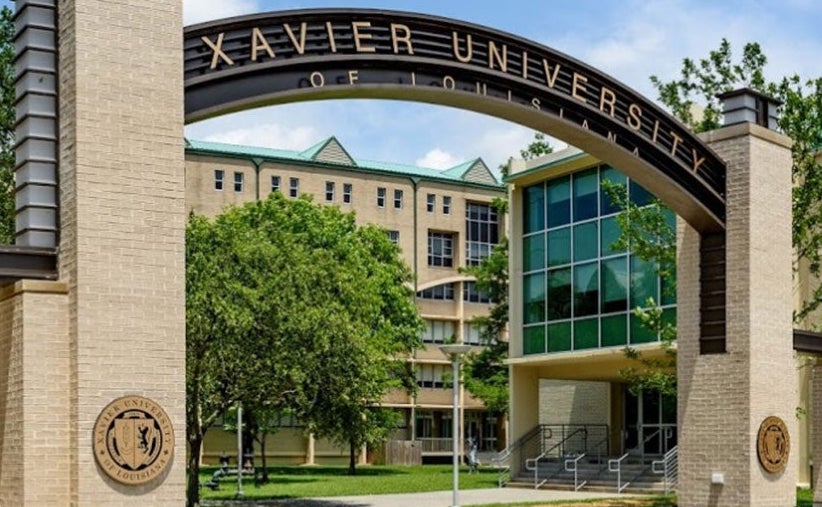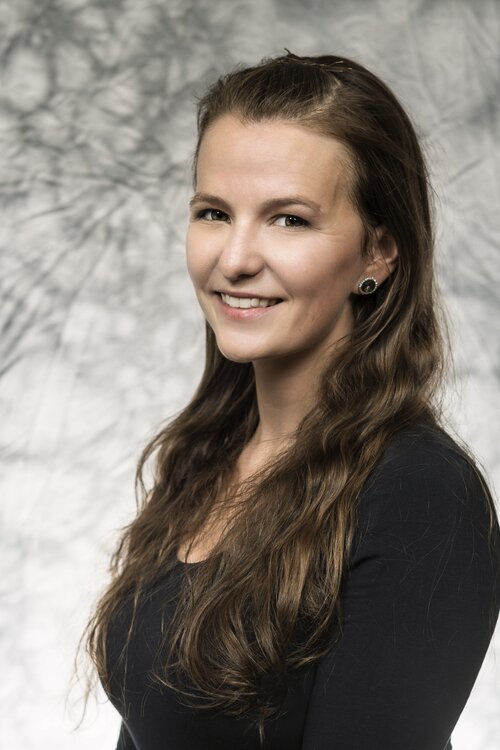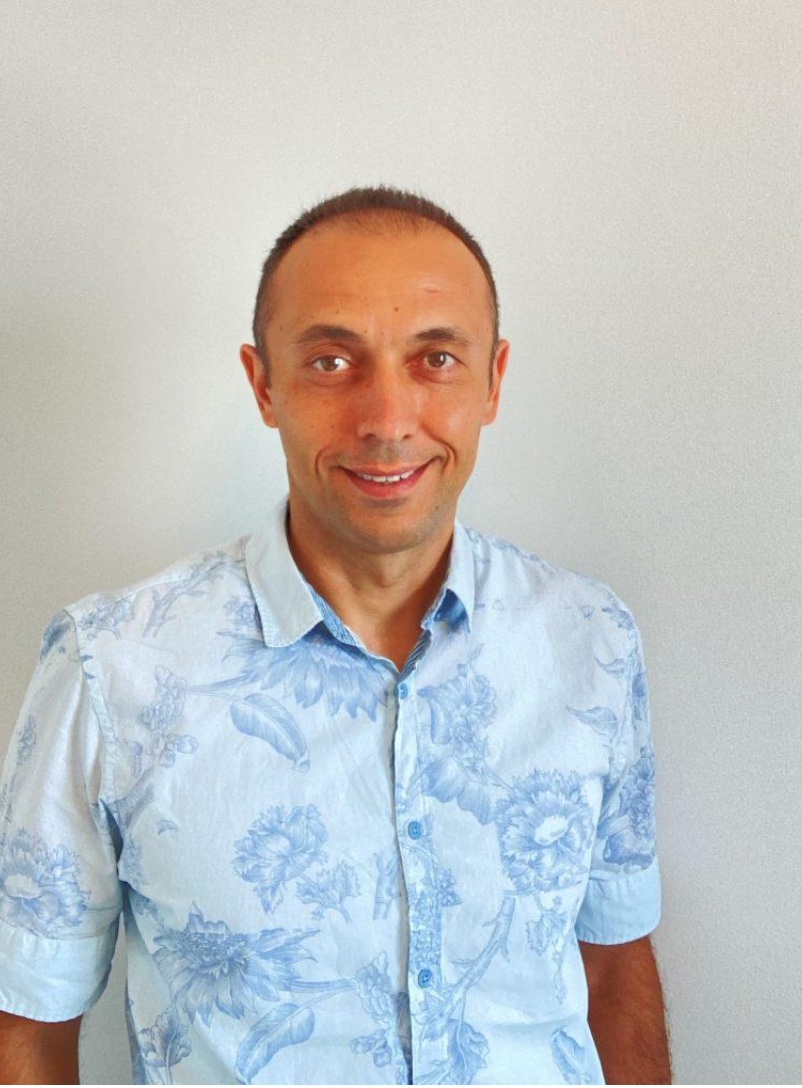Spring 2024 seminar schedule

Tue Jan 16, 12:15pm · NCF 574 — Canceled due to inclement weather

Tue Jan 30, 12:15pm · NCF 574 — The Arithmetic of Quadratic Integers
Since the beginning of number theory, mathematicians have been fascinated by the patterns in the integers and the elusive nature of the distribution of primes. Beyond the integers, algebraic number theory provides an infinite supply of number systems whose arithmetic possess similarities with that of the integers as well as intriguing differences.
The simplest examples involve square roots of integers, and aside from being interesting in their own right, these gadgets are powerful tools in the study of modular forms, elliptic curves and L-functions. We will discuss some open questions and a recent result in this area.

Tue Feb 6, 12:15pm · NCF 574 — Dubious Identities: A Visit to the Borwein Zoo
This talk will show some contributions to the zoo of dubious identities established by J.M. and P.B. Borwein in their legendary 1992 article, "Strange Series and High Precision Fraud" with five new entries, each of a different variety than the last. Some of these identities are again a high precision fraud and picking out the true from the bogus can be a challenging task with many unexpected twists along the way. This is joint work with Zachary Bradshaw.
Christophe Vignat earned his PhD in physics from Université Paris-Sud 11, Orsay, now known as Université Paris-Saclay... (bio abridged; full text on original page).

Tue Feb 27, 12:15pm · NCF 574 — Borwein integrals and Bernoulli Sophomore's Dream identity, from continuous to discrete
The aim of this talk is to illustrate how integrals and sums can be related, based on two famous examples: Borwein integrals of products of functions of the form sin(x)/x (called sine cardinal functions), and Bernoulli's Sophomore's dream identity that involves the function \(x^x\). The surprising behavior of Borwein integrals will be explained using basic techniques of Fourier analysis and generalized to other functions. The sum/integral duality of Bernoulli's identity will be illustrated in higher dimensions.

Tue Mar 12, 12:15pm · NCF 574 — The distribution of factor trees for random integers
Given a natural number n>2, a factor tree for n is a tree diagram where n is at the top of the tree, the terminal nodes are the prime factors of n, and every non-terminal node is the product of the two nodes below it. Factor trees are often taught to children in elementary school as a visual aid for finding the prime factorization of an integer. However, the complexity of the tree is dependent on quite a few factors (pun very much intended).
In this talk, we will see how to count the number of factor trees for a given n and study the distribution of various structural parameters of the random factor tree, such as its height and size. Along the way, we will learn about some important combinatorial objects, namely binary trees, the Catalan numbers, Dirichlet series and other related generating functions.

Tue Mar 19, 12:15pm · NCF 574 — Quantum Nonlocality — a Mystery and its Applications
Quantum Nonlocality ... I will review the history of Bell experiments, explain why they are so challenging, and discuss applications to random number generation, secure communication, and quantum networks. (See full abstract on the original page.)

Tue Apr 9, 12:15pm · NCF 574 — A former academic learns he can “use this stuff”
Career‑focused talk on moving from academia to industry as a mathematician; advice and anecdotes; problems inspired by current work. (Full text on original page.)

Tue Apr 16, 12:15pm · NCF 574 — Harmony in Algebraic Geometry: Exploring Schubert Varieties through Fibonacci and other Numbers
In this talk, we will discuss our notion of a nearly toric variety, focusing specifically on the set of Schubert varieties. We will show how Fibonacci numbers arise in this context. Our focus then shifts to Schubert varieties indexed by the 312‑avoiding permutations. After discussing their combinatorial and geometric significance, we identify among these Schubert varieties the nearly toric ones. This is a joint work with Nestor Diaz from Tulane University.